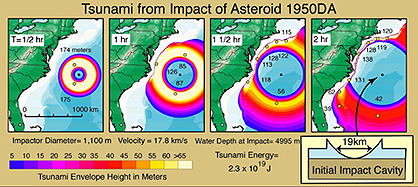Fly by wireless
An unmanned “fly-by-wireless” has been test-flown by a group of Portuguese engineers (see New Scientist - 'Fly-by-wireless' plane takes to the air). The group claimed that this approach reduces weight of cables and power requirements. Also, if the system does not have the cables then it is much more flexible to changes. I think just making it work is not technically hard. Personally I am more interested in the combination among fly-by-wireless, distributed control, and aerodynamics. Imaging one day the missions of a traditional military aircraft will be replaced by a cluster of unmanned aerial vehicles (UAV). Each UAV is a module for, say, ground attack, surveillance etc. The combination of module is mission-dependent. They fly in a formation that is adaptive to the condition, and the cluster is controlled as a whole. Dunno if commercial airplanes will adapt this idea. I bet al-Qaeda will welcome this, so they can hijack a plane using a laptop, or even remotely.


